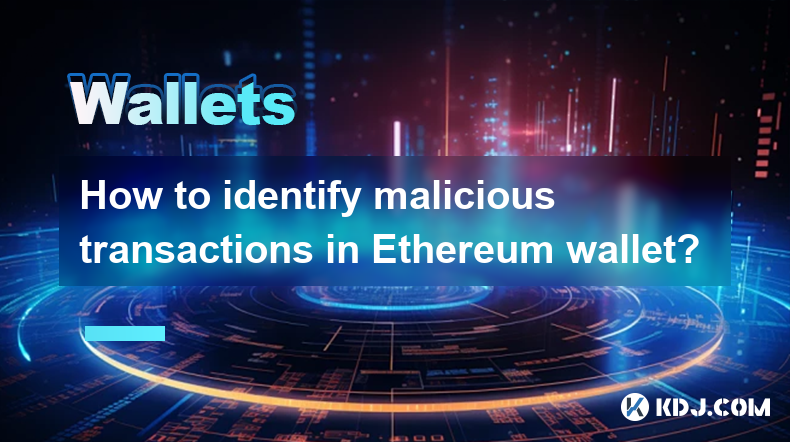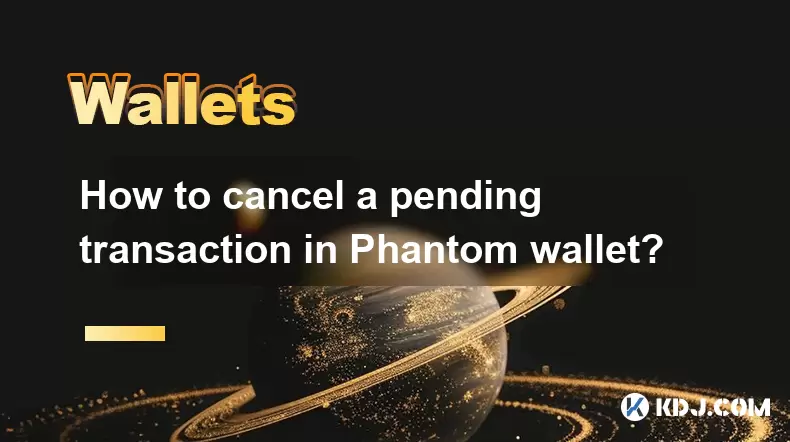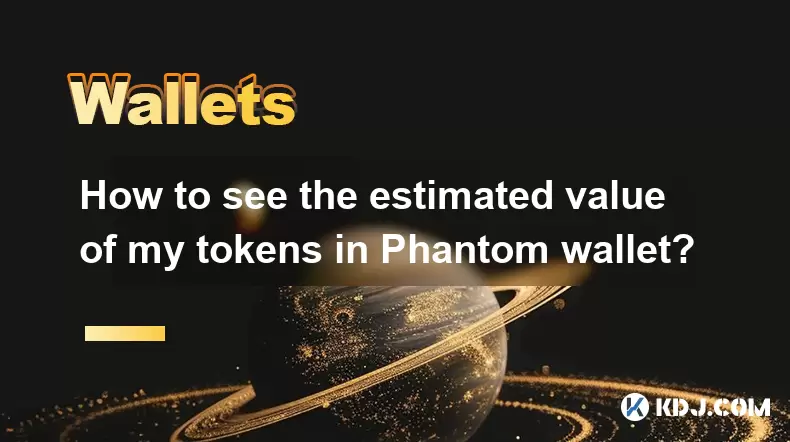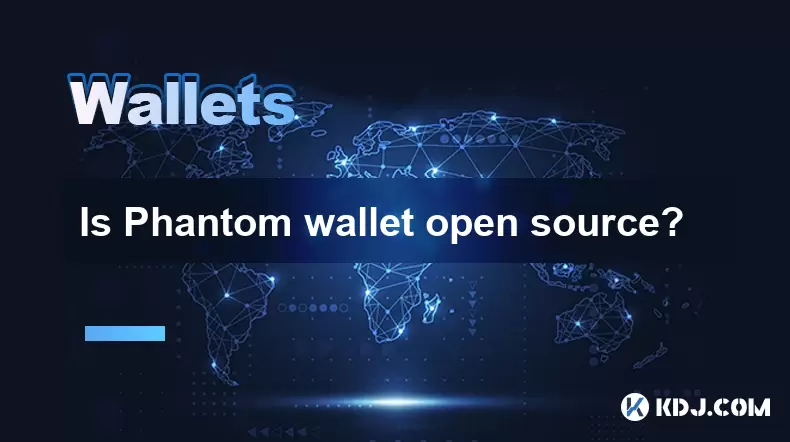-
 Bitcoin
Bitcoin $108,262.4325
-1.40% -
 Ethereum
Ethereum $2,518.2882
-2.94% -
 Tether USDt
Tether USDt $1.0003
-0.01% -
 XRP
XRP $2.2262
-1.71% -
 BNB
BNB $653.9254
-1.55% -
 Solana
Solana $148.1036
-3.11% -
 USDC
USDC $1.0000
0.01% -
 TRON
TRON $0.2829
-1.45% -
 Dogecoin
Dogecoin $0.1639
-4.82% -
 Cardano
Cardano $0.5742
-4.43% -
 Hyperliquid
Hyperliquid $38.9506
-3.95% -
 Sui
Sui $2.9040
-4.34% -
 Bitcoin Cash
Bitcoin Cash $484.8307
-2.62% -
 Chainlink
Chainlink $13.1971
-3.73% -
 UNUS SED LEO
UNUS SED LEO $9.0822
0.51% -
 Avalanche
Avalanche $17.8613
-4.01% -
 Stellar
Stellar $0.2385
-2.26% -
 Toncoin
Toncoin $2.7570
-3.88% -
 Shiba Inu
Shiba Inu $0.0...01145
-3.99% -
 Litecoin
Litecoin $86.9999
-2.43% -
 Hedera
Hedera $0.1538
-3.90% -
 Monero
Monero $313.7554
-2.03% -
 Polkadot
Polkadot $3.3681
-5.08% -
 Dai
Dai $1.0000
0.00% -
 Ethena USDe
Ethena USDe $1.0001
-0.01% -
 Bitget Token
Bitget Token $4.4401
-2.97% -
 Uniswap
Uniswap $6.9644
-8.41% -
 Pepe
Pepe $0.0...09666
-4.79% -
 Aave
Aave $266.5686
-5.04% -
 Pi
Pi $0.4713
-4.95%
How to identify malicious transactions in Ethereum wallet?
Protect your Ethereum wallet by analyzing transaction details for red flags like high gas fees or unfamiliar tokens, using blockchain explorers, and implementing preventative measures such as using a hardware wallet and enabling 2FA.
Mar 19, 2025 at 05:07 am

Key Points:
- Understanding common malicious transaction patterns on Ethereum.
- Recognizing suspicious contract interactions.
- Analyzing transaction details for red flags.
- Utilizing blockchain explorers and security tools.
- Implementing preventative measures to protect your Ethereum wallet.
How to Identify Malicious Transactions in Your Ethereum Wallet
Navigating the Ethereum blockchain requires vigilance, as malicious actors constantly devise new ways to exploit vulnerabilities. Identifying malicious transactions is crucial to protecting your digital assets. This involves understanding common attack vectors and employing analytical tools to scrutinize your transaction history.
Recognizing Phishing and Social Engineering Attempts:
Many attacks begin with phishing attempts. These often involve deceptive emails or websites mimicking legitimate platforms, aiming to steal your private keys or seed phrase. Be wary of unsolicited requests for your private information, especially links to unfamiliar websites. Always double-check the URL and ensure you're interacting with the official platform. Never share your seed phrase with anyone.
Suspicious Contract Interactions:
Smart contracts, while powerful, can be exploited. Malicious contracts can drain your funds by exploiting vulnerabilities or tricking users into approving unintended transactions. Before interacting with any smart contract, thoroughly research its code and reputation. Look for audits and community reviews. Avoid interacting with contracts you don't fully understand.
Analyzing Transaction Details for Red Flags:
Examine your transaction history using a blockchain explorer like Etherscan. Pay close attention to the transaction details. Look for unusually large amounts being sent or received, especially to unfamiliar addresses. High gas fees, significantly above the average for similar transactions, can also be a red flag, suggesting something is amiss. Be especially cautious of transactions involving unknown or newly created tokens.
Identifying Unusual Gas Fees:
High gas fees can indicate a malicious transaction attempting to exhaust your funds or take advantage of a pricing vulnerability. Always compare the gas fees of a transaction to the average for similar actions on the network. Unexpectedly high fees should raise suspicion and warrant further investigation.
Unfamiliar Token Transfers:
Be wary of unexpected token transfers, especially those involving tokens you haven't explicitly interacted with. Malicious actors may send small amounts of seemingly harmless tokens to your wallet as a prelude to a larger attack. This is a form of social engineering or a potential rug pull. Never interact with unfamiliar tokens unless you've thoroughly researched them.
Utilizing Blockchain Explorers and Security Tools:
Blockchain explorers, like Etherscan, provide invaluable tools for analyzing transactions. They offer detailed transaction histories, contract code, and address information. Use these resources to verify the legitimacy of transactions and contracts. Consider employing security tools that monitor your wallet for suspicious activity.
Implementing Preventative Measures:
- Use a reputable hardware wallet: Hardware wallets offer superior security by storing your private keys offline.
- Enable two-factor authentication (2FA): 2FA adds an extra layer of security to your exchange and wallet accounts.
- Regularly review your transaction history: Stay vigilant and monitor your wallet for any unauthorized activity.
- Keep your software updated: Ensure your wallet software and operating system are up-to-date with the latest security patches.
- Be cautious of unsolicited communications: Never click on links or download attachments from unknown sources.
Step-by-Step Guide to Investigating a Suspicious Transaction:
- Identify the suspicious transaction: Note the transaction hash and the involved addresses.
- Use a blockchain explorer: Input the transaction hash into a reputable blockchain explorer like Etherscan.
- Analyze the transaction details: Examine the sender, recipient, amount, and gas fees.
- Investigate the involved addresses: Check the transaction history of the involved addresses for any suspicious activity.
- Examine the contract code (if applicable): Analyze the smart contract code if the transaction involved a contract interaction.
Common Questions:
Q: What should I do if I identify a malicious transaction?
A: Immediately secure your wallet, change your passwords, and contact your exchange or wallet provider if necessary. Report the incident to the relevant authorities.
Q: How can I prevent malicious transactions?
A: Use a hardware wallet, enable 2FA, regularly review your transaction history, be cautious of unsolicited communications, and only interact with well-vetted smart contracts.
Q: Are all high gas fee transactions malicious?
A: No, high gas fees can sometimes be due to network congestion. However, unexpectedly high fees compared to similar transactions should raise suspicion.
Q: Can I recover funds lost to a malicious transaction?
A: Recovering funds lost to malicious transactions is often difficult, and success depends on the nature of the attack and the availability of recovery methods. Contacting law enforcement might be helpful in certain cases.
Disclaimer:info@kdj.com
The information provided is not trading advice. kdj.com does not assume any responsibility for any investments made based on the information provided in this article. Cryptocurrencies are highly volatile and it is highly recommended that you invest with caution after thorough research!
If you believe that the content used on this website infringes your copyright, please contact us immediately (info@kdj.com) and we will delete it promptly.
- Bitcoin's Pattern Break: Are HODLers the Key to the Next Surge?
- 2025-07-04 18:50:12
- Bitcoin Price, Trump's Bill, and the $150K Dream: A NYC Take
- 2025-07-04 19:50:12
- Ethereum, LILPEPE, and the July Bounce: Will Pepe Steal ETH's Thunder?
- 2025-07-04 19:10:12
- Binance Institutional Loans: Unlocking 4x Leverage and Zero Interest for Whales
- 2025-07-04 19:15:12
- Bitcoin Bull Run: Analysts Eye Peak in Late 2025?
- 2025-07-04 19:20:13
- Pepe Indicators, Bullish Forecast: Can the Meme Coin Rally?
- 2025-07-04 19:25:12
Related knowledge

How to cancel a pending transaction in Phantom wallet?
Jul 03,2025 at 07:21pm
Understanding Pending Transactions in Phantom WalletA pending transaction in the Phantom wallet occurs when a user initiates a transfer or interaction with the Solana blockchain, but it hasn't yet been confirmed by the network. This can happen due to various reasons such as low transaction fees, network congestion, or incorrect gas settings. It's import...

How to see the estimated value of my tokens in Phantom wallet?
Jul 04,2025 at 12:21am
What is Phantom Wallet?Phantom wallet is one of the most popular cryptocurrency wallets designed for the Solana blockchain. It allows users to store, send, receive, and manage various tokens built on Solana, including SPL tokens and NFTs. The wallet offers a user-friendly interface, making it accessible for both beginners and advanced users in the crypt...

How to lock my Phantom wallet extension?
Jul 03,2025 at 11:14am
What Is the Phantom Wallet and Why Lock It?The Phantom wallet is a popular non-custodial cryptocurrency wallet designed for interacting with the Solana blockchain. Supporting both browser extensions and mobile apps, Phantom allows users to store, send, receive, and stake SOL tokens, as well as interact with decentralized applications (dApps). Securing y...

Does Phantom wallet offer two-factor authentication (2FA)?
Jul 03,2025 at 09:00am
Understanding Phantom Wallet and Its Security FeaturesPhantom wallet is a widely used non-custodial cryptocurrency wallet that supports the Solana blockchain. It allows users to store, send, receive, and interact with decentralized applications (dApps) seamlessly. As security is a top priority for any crypto wallet user, security features like two-facto...

What is "rent" on Solana and how does it affect my Phantom wallet?
Jul 02,2025 at 08:35pm
Understanding 'Rent' on SolanaIn the context of Solana, the term 'rent' refers to a storage fee that users pay for maintaining data on the blockchain. Unlike Ethereum, where storage costs are paid once via gas fees during contract deployment, Solana implements a recurring cost model to ensure efficient usage of network resources. This means that any acc...

Is Phantom wallet open source?
Jul 03,2025 at 12:29am
What is Phantom Wallet?Phantom wallet is a non-custodial cryptocurrency wallet primarily designed for the Solana blockchain. It allows users to store, send, receive, and interact with decentralized applications (dApps) on the Solana network. The wallet is available as a browser extension and mobile application, offering a seamless experience for both be...

How to cancel a pending transaction in Phantom wallet?
Jul 03,2025 at 07:21pm
Understanding Pending Transactions in Phantom WalletA pending transaction in the Phantom wallet occurs when a user initiates a transfer or interaction with the Solana blockchain, but it hasn't yet been confirmed by the network. This can happen due to various reasons such as low transaction fees, network congestion, or incorrect gas settings. It's import...

How to see the estimated value of my tokens in Phantom wallet?
Jul 04,2025 at 12:21am
What is Phantom Wallet?Phantom wallet is one of the most popular cryptocurrency wallets designed for the Solana blockchain. It allows users to store, send, receive, and manage various tokens built on Solana, including SPL tokens and NFTs. The wallet offers a user-friendly interface, making it accessible for both beginners and advanced users in the crypt...

How to lock my Phantom wallet extension?
Jul 03,2025 at 11:14am
What Is the Phantom Wallet and Why Lock It?The Phantom wallet is a popular non-custodial cryptocurrency wallet designed for interacting with the Solana blockchain. Supporting both browser extensions and mobile apps, Phantom allows users to store, send, receive, and stake SOL tokens, as well as interact with decentralized applications (dApps). Securing y...

Does Phantom wallet offer two-factor authentication (2FA)?
Jul 03,2025 at 09:00am
Understanding Phantom Wallet and Its Security FeaturesPhantom wallet is a widely used non-custodial cryptocurrency wallet that supports the Solana blockchain. It allows users to store, send, receive, and interact with decentralized applications (dApps) seamlessly. As security is a top priority for any crypto wallet user, security features like two-facto...

What is "rent" on Solana and how does it affect my Phantom wallet?
Jul 02,2025 at 08:35pm
Understanding 'Rent' on SolanaIn the context of Solana, the term 'rent' refers to a storage fee that users pay for maintaining data on the blockchain. Unlike Ethereum, where storage costs are paid once via gas fees during contract deployment, Solana implements a recurring cost model to ensure efficient usage of network resources. This means that any acc...

Is Phantom wallet open source?
Jul 03,2025 at 12:29am
What is Phantom Wallet?Phantom wallet is a non-custodial cryptocurrency wallet primarily designed for the Solana blockchain. It allows users to store, send, receive, and interact with decentralized applications (dApps) on the Solana network. The wallet is available as a browser extension and mobile application, offering a seamless experience for both be...
See all articles

























































































